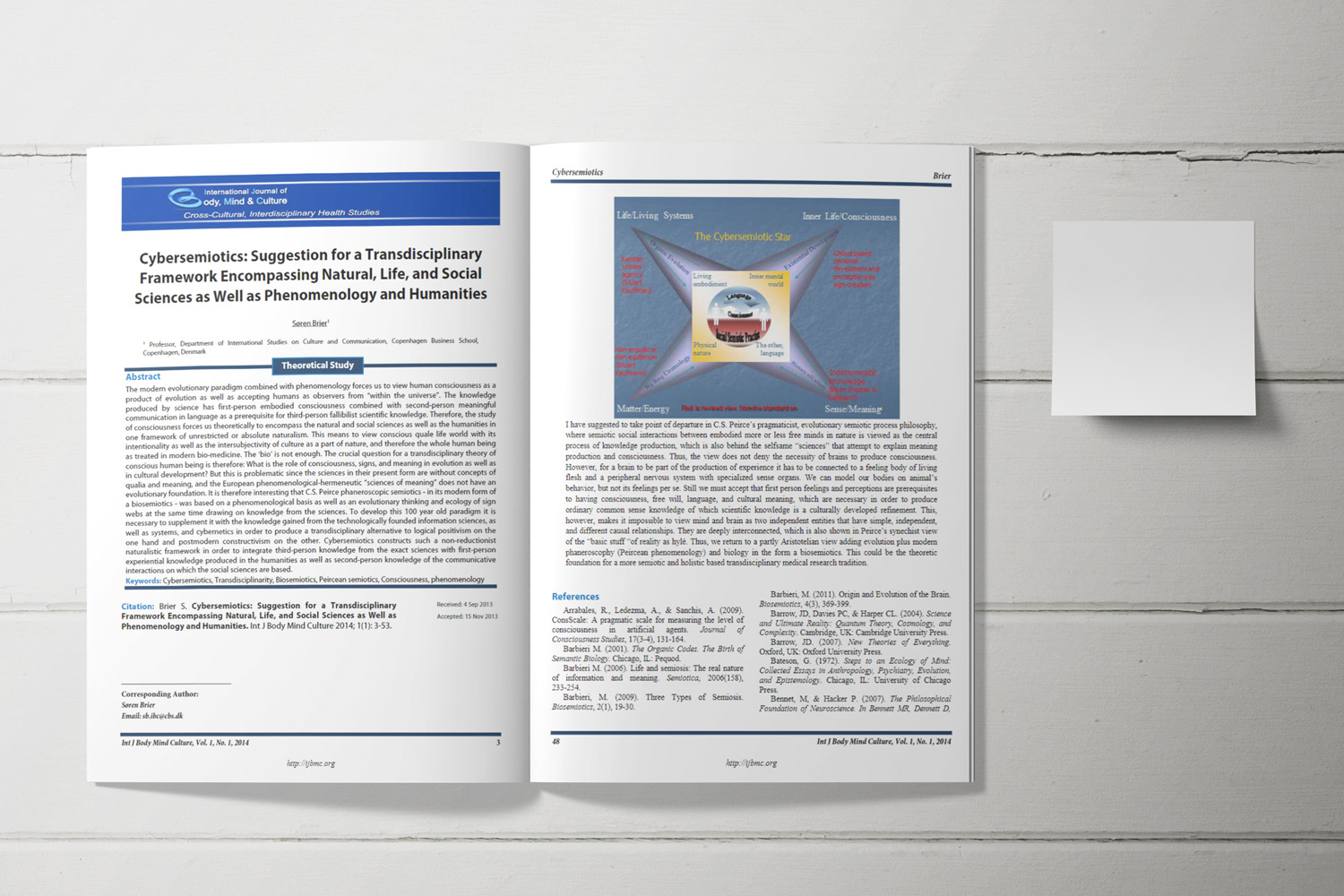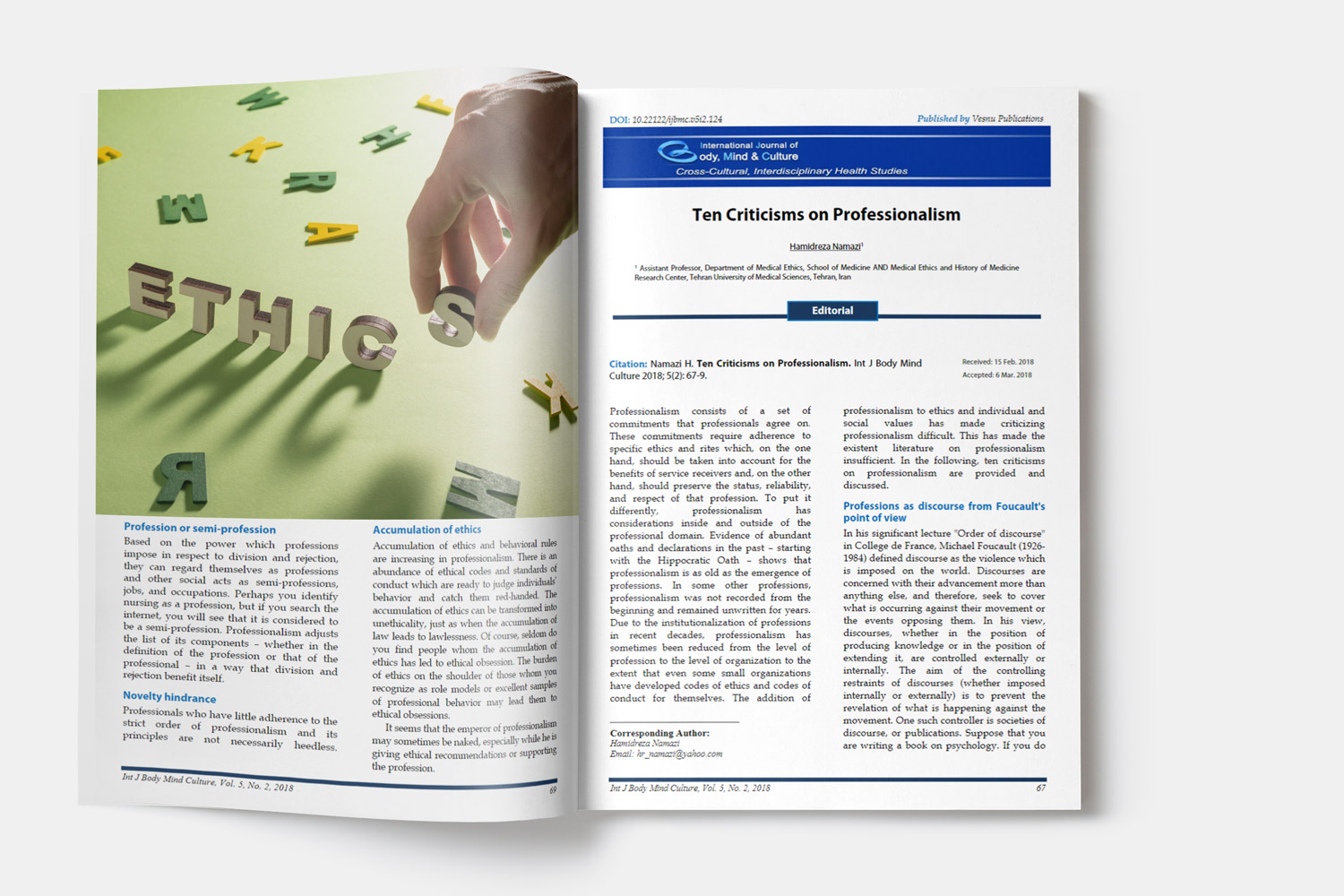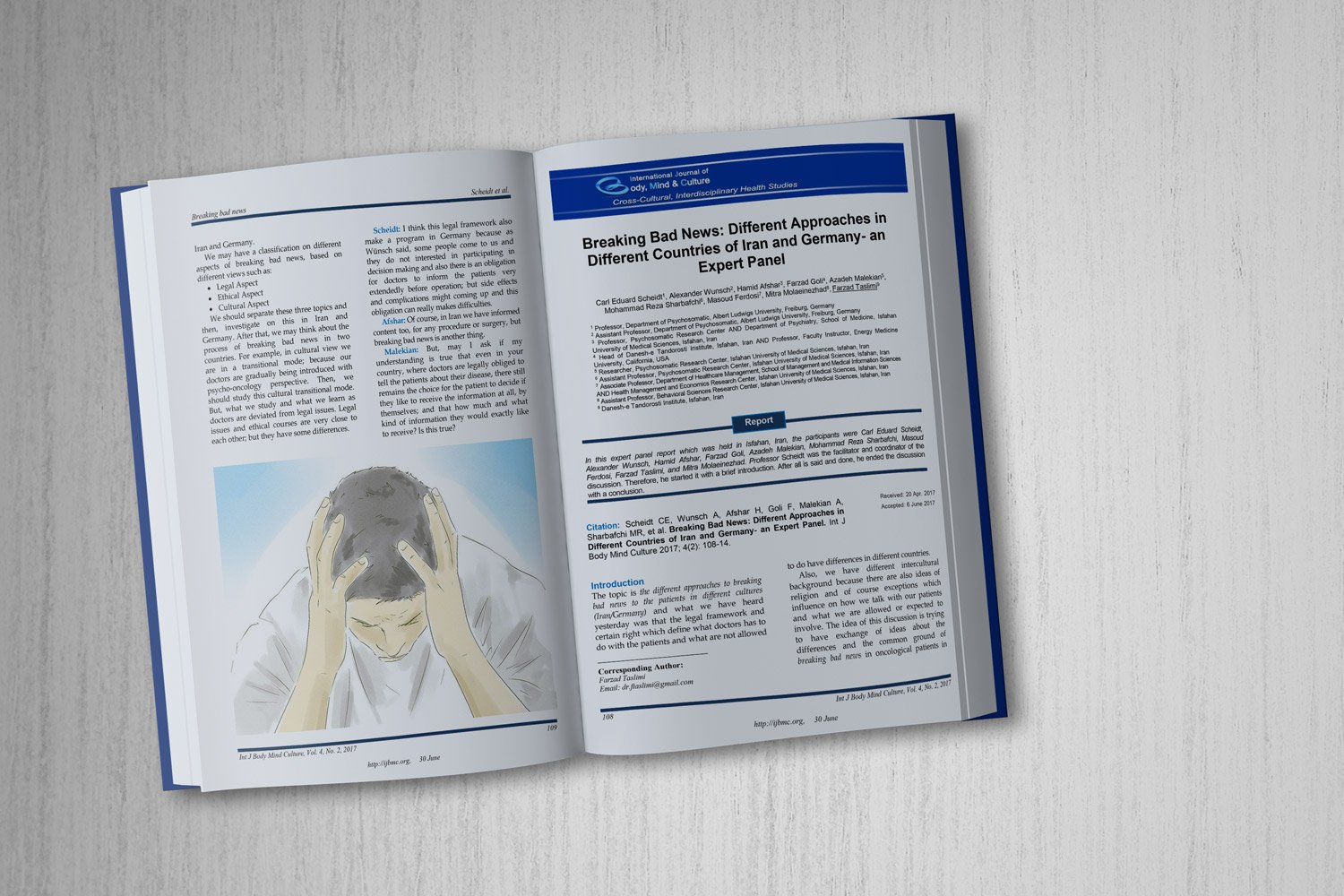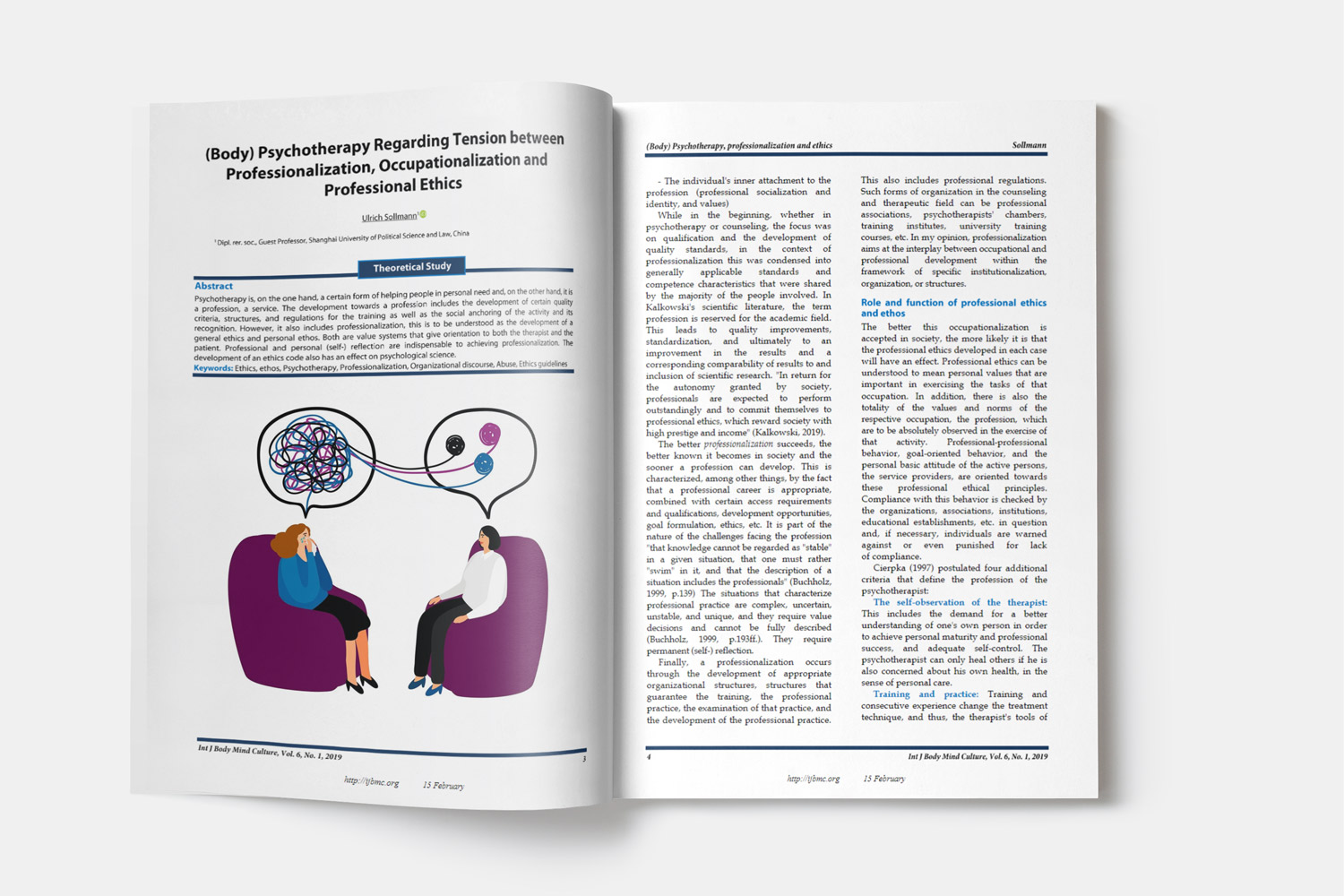Behavioral Problems Differences in Primary School Children: A Comparison Between Divorced and Intact Families
Downloads
Objective: This study aims to identify the behavioral problems of aggression, stealing, lying, and hyperactivity in children at primary schools and to find the difference concerning intact parents vs divorced parents.
Methods and Materials: A cross-sectional study was conducted in government primary schools in Hillah city. A total of 383 students were selected using a non-probability sampling method, comprising male and female primary school students (fourth, fifth, and sixth grade students). The study was conducted from November 2024 to March 2025. The Behavior Problems Scale was used to measure the study variables (aggression, stealing, lying, and hyperactivity). The validity of the questionnaire was estimated by CVI and CVR, which were statistically adequate. Descriptive and inferential statistics were used to analyze the study's results using the Statistical Package for the Social Sciences, version 26.0.
Findings: The study shows some variables, such as aggression and several factors, including male sex, first-born status (for divorced families), perceived academic level, and availability of needs compared to peers, and lying behavior and birth order, behavioral history, and perceived academic level, especially in children from divorced families.
Conclusion: There is a notable trend of children from intact families exhibiting lower levels of aggression, stealing, lying, and hyperactivity compared to children from divorced families. However, these differences are not statistically significant across all measured behaviors, indicating that parental marital status may not be a decisive factor in these behavioral outcomes. For children from intact families, most exhibit low levels of aggression, stealing, lying, and hyperactivity.
Downloads
Al Rikabi, A. A., & Raghif, L. F. (2016). Screening program for urinary tract infection of prepubertal children at al nasiriya city primary schools. Iraqi National Journal of Nursing Specialties, 29(1). https://doi.org/10.58897/injns.v29i1.240
Anchesi, S. D., Corallo, F., Di Cara, M., Quartarone, A., Catalioto, R., Cucinotta, F., & Cardile, D. (2023). Autism and ADHD: A literature review regarding their impacts on parental divorce. Children, 10(3), 438. https://doi.org/10.3390/children10030438
Benmeziane, H. (2025). Causes of divorce in Algerian society - a sociological approach. Revue de Recherches et Etudes Scientifiques, 19(1), 1511-1523. https://asjp.cerist.dz/en/article/263077
Coto, J., Garcia, A., Hart, K. C., & Graziano, P. A. (2018). Associations between disruptive behavior problems, parenting factors, and sleep problems among young children. Journal of Developmental & Behavioral Pediatrics, 39(8), 610-620. https://doi.org/10.1097/DBP.0000000000000595
Danielson, M. L., Bitsko, R. M., Holbrook, J. R., Kogan, M. D., & Blumberg, S. J. (2018). Prevalence of parent-reported ADHD diagnosis and associated treatment among US children and adolescents, 2016. Journal of Clinical Child & Adolescent Psychology, 47(2), 199-212. https://doi.org/10.1080/15374416.2017.1417860
Elsayed, S., El Maly, M., & Ibrahim, S. (2016). Relationship Between Perceived Parenting Styles And Behavior Problem Among Schools Age Children. Menoufia Nursing Journal, 1(2), 113-131. https://doi.org/10.21608/menj.2016.120400
Fu, Y. (2023). The Impact of Single-parent Families on Children's Externalizing Behaviour.
Ghaboush, R. A., Al-Qdah, T., & Jomah, W. A. (2020). The Impact of Divorce on Mothers with children living conditions and behaviors: A study on a Sample of Divorcees in Jordan. Journal of Social Sciences (Coes&rj-Jss), 9(4), 1531-1542. https://doi.org/10.25255/jss.2020.9.4.1531.1542
Gonçalves, P. D., Martins, S. S., Gebru, N. M., Ryan-Pettes, S. R., Allgaier, N., Potter, A., Thompson, W. K., Johnson, M. E., Garavan, H., Talati, A., & Albaugh, M. D. (2024). Associations Between Family History of and/or Substance Use Problems and Frontal Cortical Development From 9 to 13 Years of Age: A Longitudinal Analysis of the ABCD Study. Biological Psychiatry Global Open Science, 4(2), 100284. https://doi.org/10.1016/j.bpsgos.2023.100284
Hamidzadeh, A., Kharatha, M., Bazghaleh, M., Basirinejad, H., Aghdam, N. F., & Ebrahimi, H. (2021). The prevalence of attention-deficit hyperactivity disorder and its related risk factors among children at elementary school in Shahroud. Journal of education and health promotion, 10, 341. https://doi.org/10.4103/jehp.jehp_46_21
Hasan, W. A., & Mohammed, Q. Q. (2022). Dependence Severity and Locus of Control Among Male Alcoholic Clients: A Correlational Study. Pakistan Journal of Medical & Health Sciences, 16(05), 660. https://doi.org/10.53350/pjmhs22165660
Hassan, M. B., & Hatab, K. M. (2021). Impact of Broken Family upon Adolescents' Behavior at Secondary Schools in AL-Najaf AL-Ashraf City. Medico-Legal Update, 21(1). https://doi.org/10.37506/mlu.v21i1.2372
Hassan, T. Y., & Al-Diwan, J. K. (2022). Externalizing Behavior Problems of Children Raised by Single Mother. Journal of Global Scientific Research, 7(3), 2195-2200. https://doi.org/10.5281/zenodo.6399484
Hogan, E. J., Akpan, M. U., Ijezie, E., & Edem, K. B. (2021). Socio-demographic and environmental determinants of attention deficit hyperactivity disorder in primary school children in Ikot Ekpene, Nigeria. International Journal of Contemporary Pediatrics, 8, 1515-1521. https://doi.org/10.18203/2349-3291.ijcp20213312
Hussein, A. N. (2021). Perceived social support and psychological well-being among mothers of children with autism spectrum disorder in Al-Nasiriyah city. Annals of the Romanian Society for Cell Biology, 25(4), 10117-10126. https://search.proquest.com/openview/7246fb66388567896f3aaec661221eed/1?pq-origsite=gscholar&cbl=2031963
Kalmijn, M. (2024). Cohort changes in the association between parental divorce and children's education: A long-term perspective on the institutionalization hypothesis. European Sociological Review, 40(1), 55-71. https://doi.org/10.1093/esr/jcad011
Karberg, E., & Cabrera, N. (2020). Family change and co-parenting in resident couples and children's behavioral problems. Journal of Family Studies. https://www.tandfonline.com/doi/shareview/10.1080/13229400.2017.1367714
Kotb, F., & Ahmed, S. (2019). Child Abuse and Aggressive Behavior among Primary School Children. Evidence-Based Nursing Research, 1(3), 103. https://doi.org/10.47104/ebnrojs3.v1i3.63
Krasniqi, N. (2023). The psychological effects of parental divorce on the behavior of preschool children. Journal of Social Studies Education Research, 14(2), 51-74. https://www.learntechlib.org/d/223025/
MacKenzie, M. J., Nicklas-Gunn, J., & Waldfogel, J. (2015). Spanking and children's externalizing behavior across the first decade of life :Evidence for transactional processes. Journal of youth and adolescence, 44, 658-669. https://doi.org/10.1007/s10964-014-0114-y
Malik, A. S., Javed, N., & Mahmood, A. (2022). Influence of Single Parenting on Self-Efficacy of Adolescents: A Comparative Study of Broken and Intact Households. Pakistan Languages and Humanities Review, 6(3), 373-384. https://doi.org/10.47205/plhr.2022(6-III)32
Miralles, P., Godoy, C., & Hidalgo, M. D. (2023). Long-term emotional consequences of parental alienation exposure in children of divorced parents: A systematic review. Current Psychology, 42(14), 12055-12069. https://doi.org/10.1007/s12144-021-02537-2
Mohammed, Q. (2023). Association between Parental Treatment and Aggressive Behaviors among Adolescent Students. Iraqi National Journal of Nursing Specialties, 36(1). https://doi.org/10.58897/injns.v36i1.717
Nussbeck, F. W., Bodenmann, G., & Kieffer, S. (2015). Consequences of Divorce for Children: Effects of Conflict Level and Parental Marital Satisfaction Prior to Divorce. https://www.psycharchives.org/en/item/c239abce-e04e-4c63-b477-4acaf7034a31
Ogundel, M. O. (2018). Behavioural and emotional disorders in childhood :A brief overview for paesiatricians. World Journal of Clinical Pediatrics, 7(1), 9. https://doi.org/10.5409/wjcp.v7.i1.9
Patterson, G. R., DeBaryshe, B. D., & Ramsey, E. (2017). A developmental perspective on antisocial behavior. In Developmental and life-course criminological theories (pp. 29-35). https://doi.org/10.4324/9781315094908-2
Riany, Y. E., Meredith, P., & Cuskelly, M. (2017). Understanding the influence of traditional cultural values on Indonesian parenting. Marriage & Family Review, 53(3), 207-226. https://doi.org/10.1080/01494929.2016.1157561
Ridanya, M. S., & Renuchitra, R. (2022). Prevalence of Disruptive Behaviour Among School Going Children in Tirupur District. International Journal of Indian Psychology, 10(2). https://ijip.co.in/index.php/ijip/article/view/843
Sabah, O., & Ghanim, E. (2018). Impact Televised Media Violence upon Children's relationship at Primary Schools with their Mates in Al-Nasiriyah City. Iraqi National Journal of Nursing Specialties, 31(2). https://doi.org/10.58897/injns.v31i2.304
Salimi, N., Karimi-Shahanjarini, A., Rezapur-Shahkolai, F., Hamzeh, B., Roshanaei, G., & Babamiri, M. (2019). Aggression and its predictors among elementary students. Journal of injury and violence research, 11(2), 159. https://pmc.ncbi.nlm.nih.gov/articles/PMC6646832/
Sarhan, H., & Rashak, K. (2020). Screening for Attention Deficit Hyperactivity Disorder at Elementary Schools in Baghdad city. Iraqi National Journal of Nursing Specialties, 33(2). https://doi.org/10.58897/injns.v33i2.411
Sasaki, Y., Yagihashi, T., Kasahara, M., Usami, M., Kono, T., Okada, T., Raitasalo, K., Holmila, M., Jääskeläinen, M., & Santalahti, P. (2019). Clinical implications of a history of stealing on psychiatric disorders in children and adolescents The effect of the severity of parental alcohol abuse on mental and behavioural disorders in children. Plos one PY, 28, 913-922. https://doi.org/10.1007/s00787-018-1253-6
Sillekens, S., & Notten, N. (2020). Parental divorce and externalizing problem behavior in adulthood. A study on lasting individual, family and peer risk factors for externalizing problem behavior when experiencing a parental divorce. Deviant Behavior, 41(1), 1-6. https://doi.org/10.1080/01639625.2018.1519131
Sitota, G., & Tefera, B. (2023). Relationships between Family Communication and Disruptive Behaviors of Adolescents in Harari Regional State. East African Journal of Sciences, 17(2), 135-148. https://eajs.haramayajournals.org/index.php/eajs/article/view/1973
Vadivel, B., Alam, S., Anwar, C., & Teferi, H. (2023). Examining the relationship between antisocial behavior and the academic performance of teenagers: The role of schools and causes of the antisocial behavior. Education Research International, 2023, 9463882. https://doi.org/10.1155/2023/9463882
Wang, F., Lu, J., Lin, L., Cai, J., Xu, J., & Zhou, X. (2021). Impact of parental divorce versus separation due to migration on mental health and self-injury of Chinese children: a cross sectional survey. Child and adolescent psychiatry and mental health, 15(1), 1. https://doi.org/10.1186/s13034-021-00424-z
Williams-Owens, W. M. (2019). The behavioral effects divorce can have on children. https://academicworks.cuny.edu/gc_etds/2314/
Yang, W. (2022, 2022/12/30). A review of family structure's effects on children's mental well being. 5th International Conference on Humanities Education and Social Sciences (ICHESS 2022),
Younger, D. S. (2016). Epidemiology of childhood mental illness :a review of US surveillance data and the literature. World Journal of Neuroscience, 7(1), 48-54. https://doi.org/10.4236/wjns.2017.71005
Copyright (c) 2025 International Journal of Body, Mind and Culture

This work is licensed under a Creative Commons Attribution-NonCommercial 4.0 International License.















